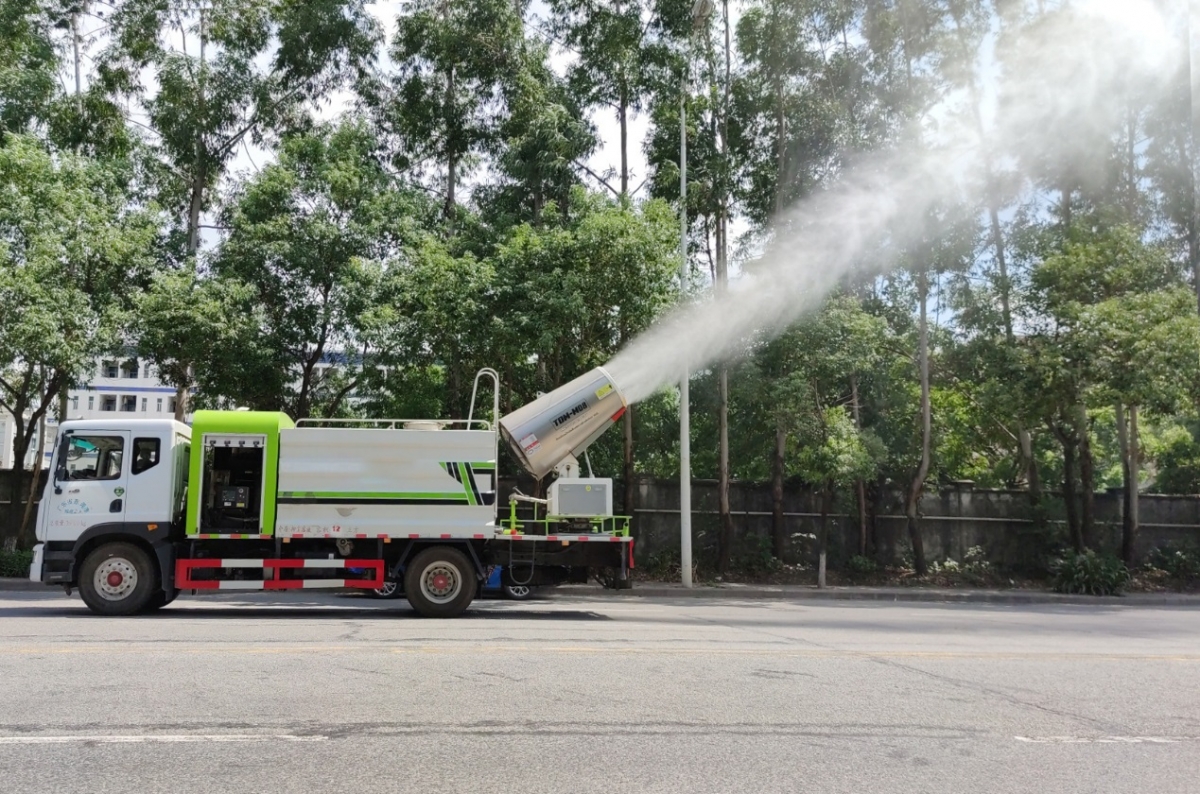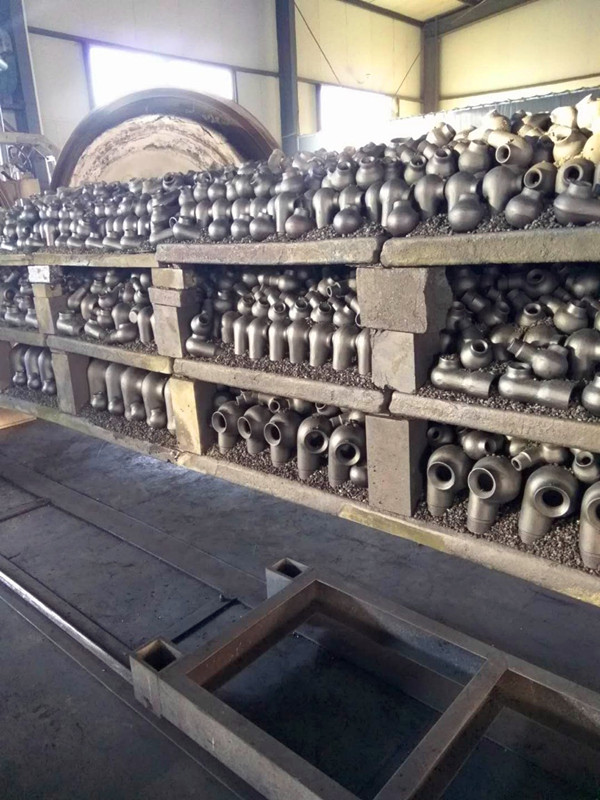- 07
- Aug
Environmental protection industry nozzle
There are many types of nozzles in the environmental protection industry. The atomized dust suppression nozzles and desulfurization nozzles we manufacture are widely used in the environmental protection industry. The dust suppression nozzles use high-pressure water pumps to drive atomization or compressed air to drive atomization, which can produce 1-5 times larger than dust. (After repeated trials, this size of mist has the strongest inhibitory effect on dust), and then diffuses in the air, when it comes in contact with the dust, it fuses with the dust, and finally brings the dust back to the ground. 
We use spiral nozzles or vortex nozzles for desulfurization nozzles, which can create a complete barrier to prevent sulfide from being discharged through the flue. Desulfurization nozzles are mostly made of silicon carbide. This is because when the silicon carbide material is heated to 1300°C in the air, A protective layer of silicon dioxide begins to form on the surface of its silicon carbide crystals. With the thickening of the protective layer, the internal silicon carbide is prevented from being oxidized, which makes the silicon carbide have better oxidation resistance. When the temperature reaches 1900K (1627°C) or higher, the silicon dioxide protective film begins to be destroyed and the oxidation of silicon carbide is intensified. Therefore, 1900K is the high operating temperature of silicon carbide in an oxidant-containing atmosphere.
Acid and alkali resistance of desulfurization nozzles: In terms of resistance to acids, alkalis and oxides, due to the role of the silicon dioxide protective film, silicon carbide has strong acid and alkali resistance. 
